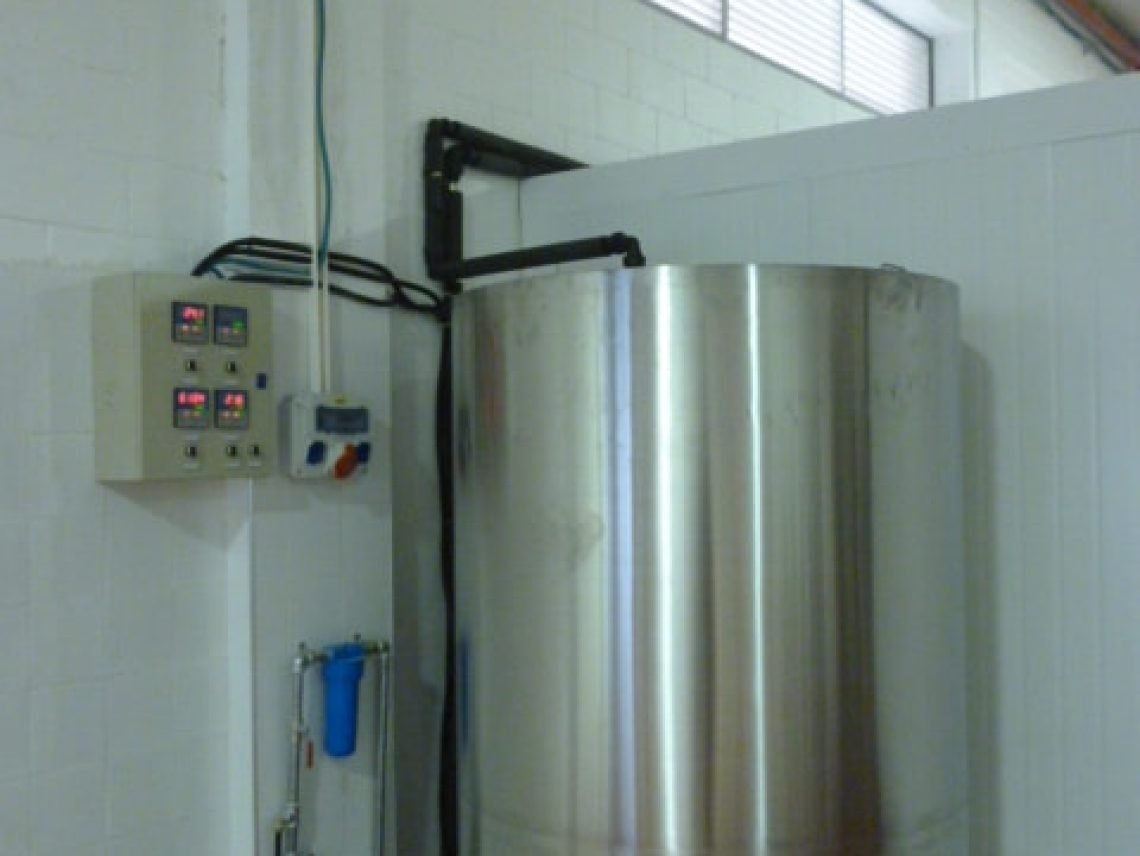

Table of Contents
ToggleGlycol is a versatile compound used across multiple industries due to its excellent heat transfer and antifreeze properties. Its role in cooling systems and antifreeze applications makes it vital for maintaining machinery efficiency. But does glycol ever go bad? Knowing what glycol is and understanding its degradation process can help you manage its shelf life more effectively.
Glycol is essential across various industries. In HVAC systems, glycol maintains consistent temperatures, while in the automotive industry, it’s a key component of antifreeze. Glycol also acts as a coolant in industrial processes such as refrigeration and power generation. The better you understand its uses, the more effectively you can store and maintain it.
There are two main types of glycol:
Ethylene Glycol: Commonly used in automotive and industrial applications for its high heat capacity.
Propylene Glycol: Favored in food and pharmaceutical industries due to its low toxicity. Each type has unique properties and applications that influence its shelf life and storage needs.
The shelf life of glycol can vary significantly depending on storage conditions. Proper storage is crucial to preserving its quality over time. Key factors that affect glycol’s shelf life include:
Temperature: Store glycol in a cool, dry place, away from extreme temperature fluctuations.
Exposure to Light: Direct sunlight or UV exposure can accelerate glycol degradation.
Contamination: Even minor impurities can shorten glycol’s lifespan. Always ensure containers are sealed properly.
Glycol does not spoil like food; however, it can deteriorate if improperly stored. While glycol doesn’t have a strict “expiration date,” manufacturers recommend using it within a certain time frame to maintain optimal performance. It’s essential to follow storage guidelines closely to avoid degradation.
To ensure glycol remains effective, always adhere to the manufacturer’s guidelines:
Store glycol in airtight containers.
Maintain a cool, stable temperature (usually 32°F – 90°F, or 0°C – 32°C).
Regularly monitor glycol’s condition, checking for physical and chemical signs of deterioration.
Over time, glycol may exhibit signs of degradation. Watch for:
Discoloration: Glycol darkens or changes color over time.
Separation or Precipitation: Solid particles or sediment may form.
Unusual Odors: An off or burnt smell can indicate degradation.
Changes in pH levels, increased acid content, or a significant drop in glycol concentration signal that glycol may have gone bad. Regular testing is key to identifying these chemical changes early.
Red River specializes in the design and manufacturing of pressure vessels. We also fabricate related items such as prefabricated spools and skid packages.
Reach out to us today and experience the Red River difference. Where American-made products and American Values come together, we care more.
Glycol may degrade due to improper storage or extended use. Signs of deterioration include:
Discoloration (typically darkening)
Presence of solid particles or sediment
Unusual smells
Additionally, if the pH level has changed significantly, glycol may be contaminated or degraded. Regular testing can help you detect these issues early.
Under ideal conditions—cool, dry, and away from direct sunlight—glycol can last anywhere from 2 to 5 years. However, always check the manufacturer’s recommendations for specific storage durations based on the type of glycol.
Reusing degraded glycol is not recommended. Contaminated glycol can damage your equipment and reduce system efficiency. In some cases, glycol reconditioning through filtration and purification processes can restore its quality. Always consult an expert to determine the best course of action.
Several factors influence glycol’s longevity:
Temperature: Consistent, cool temperatures are best.
Exposure to air and light: Keep glycol in airtight containers and away from sunlight.
Contamination: Minimize exposure to contaminants, as even small amounts can accelerate glycol degradation.
Regular monitoring and testing: Conduct routine checks to detect early signs of degradation.
Using degraded glycol in critical systems is risky. Old glycol can reduce efficiency, increase wear on equipment, and pose safety hazards. Before using glycol in critical applications, it’s advisable to test its quality or consult a professional to ensure it meets the necessary standards.
Table of Contents
ToggleIn the realm of industrial solutions, Red River emerges as a pioneer, offering a diverse range of custom-engineered products and facilities. Among our specialties is the design and production of Custom/OEM Pressure Vessels, meticulously crafted to meet individual client requirements, ensuring performance under various pressure conditions. Our expertise extends to the domain of prefabrication, where Red River leads with distinction.
The company excels in creating prefabricated facilities, modules, and packages, reinforcing its stance as a forerunner in innovation and quality. This proficiency is further mirrored in their Modular Skids offering, where they provide an array of Modular Fabricated Skid Packages and Packaged equipment. Each piece is tailored to client specifications, underlining their commitment to delivering precision and excellence in every project they undertake.